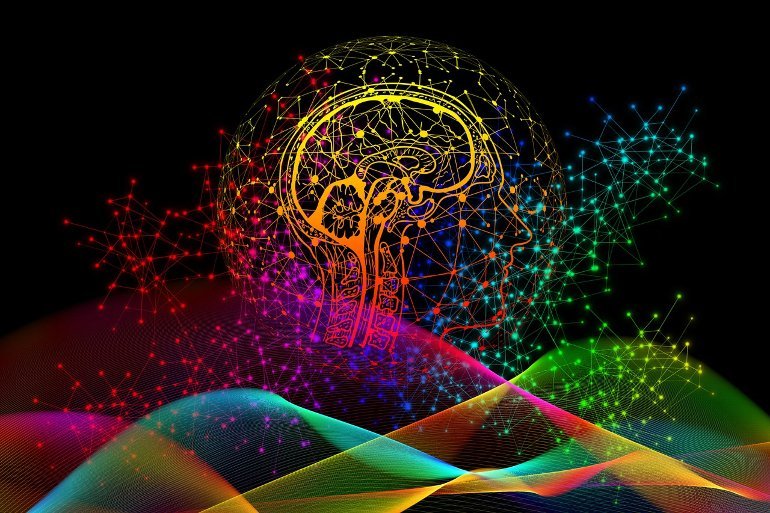Anesthesia doesn’t simply turn off the brain – it dramatically changes and controls its rhythms.
Researchers measured how strongly brain waves were synchronized before, during, and after anesthesia with propofol.
THE FOLLOWING WRITTEN CONTENT BY DAVID ORENSTEIN, MIT PICOWER INSTITUTE FOR LEARNING AND MEMORY

Simultaneous measurement of neural rhythms and spikes across five brain areas reveals how propofol induces unconsciousness.
In a uniquely deep and detailed look at how the commonly used anesthetic propofol causes unconsciousness, a collaboration of labs at the Picower Institute for Learning and Memory at MIT shows that as the drug takes hold in the brain, a wide swath of regions become coordinated by very slow rhythms that maintain a commensurately languid pace of neural activity. Electrically stimulating a deeper region, the thalamus, restores synchrony of the brain’s normal higher frequency rhythms and activity levels, waking the brain back up and restoring arousal.

“There’s a folk psychology or tacit assumption that what anesthesia does is simply ‘turn off’ the brain,” says Earl Miller, Picower Professor of Neuroscience and co-senior author of the study in eLife. “What we show is that propofol dramatically changes and controls the dynamics of the brain’s rhythms.”
Conscious functions, such as perception and cognition, depend on coordinated brain communication, in particular between the thalamus and the brain’s surface regions, or cortex, in a variety of frequency bands ranging from 4 to 100 hertz. Propofol, the study shows, seems to bring coordination among the thalamus and cortical regions down to frequencies around just 1 hertz.
Miller’s lab, led by postdoc Andre Bastos and former graduate student Jacob Donoghue, collaborated with that of co-senior author Emery N. Brown, who is the Edward Hood Taplin Professor of Medical Engineering and Computational Neuroscience and an anesthesiologist at Massachusetts General Hospital. The collaboration therefore unified the Miller lab’s expertise on how neural rhythms coordinate the cortex to produce conscious brain function with the Brown lab’s expertise in the neuroscience of anesthesia and statistical analysis of neural signals.
Brown says studies that show how anesthetics change brain rhythms can directly improve patient safety because these rhythms are readily visible on the EEG in the operating room. The study’s main finding of a signature of very slow rhythms across the cortex offers a model for directly measuring when subjects have entered unconsciousness after propofol administration, how deeply they are being maintained in that state, and how quickly they may wake up once propofol dosing ends.
“Anesthesiologists can use this as a way to better take care of patients,” Brown says. Read more from Sci Tech Daily.





